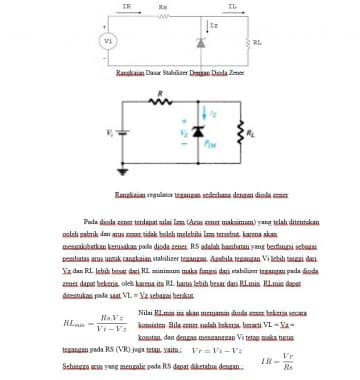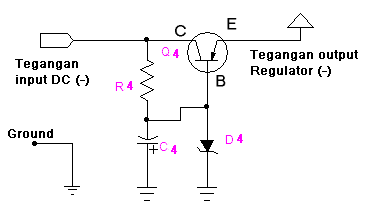
Steps 3 and 4: Single Negative Peak Clipper 1 Volt Input: The circuit in figure 2.1 is a positive peak clipper circuit. The reason the graph output resembles a negative half wave rectifier is because the voltage measured is across the diode, rather than a load resistor. When the diode is in forward bias, the positive portions of the wave, the only voltage measured in the observable area is the +1Vdc source plus the diode voltage which is 0.7V when forward biased. This accounts for the positive wave output of +1.7Vdc. The oscilloscope images to the corresponding circuit can be found attached (Figure 1.1 and Figure 1.2). When introducing a capacitor into the circuit clamping occurs. This essentially shifts theĭC offset up or down depending on the direction of the diode. As we will see when testing circuits with different capacitances, forward active mode will determine whether there will be a full shift or if the circuit will be partially scaled down (i.e. squashed). The direction of the diode will also determine whether there will be a positive or negative shift on the y‐axis.ĭiscussion and Results Steps 1 and 2: Single Positive Peak Clipper Applying anything greater than 1.7V as an input would cause a clipping at 1.7V. Anything less than that threshold value will pass right through, thus resulting in no clipping occurring. Adding a 1V battery next to the diode will now create a total threshold voltage of 1.7V. When observing the circuits, one can see that the both the clipping and clampingįunctions will occur. Clipping entails that the ends of the wave forms become cut off or “clipped.” There are several different cases that are explored in this experiment with respect to clipping. A case of clipping would occur in the forward active region. For example, a diode’s voltage threshold value is 0.7V. If one were to apply it across the diode, the clipping would occur at 0.7V since that is its threshold voltage. By adding a battery, the threshold is raised. Objective This laboratory experiment explores the applications of the diode. The purpose of this experiment is to observe the clipping and clamping functions found in our circuit designs. The designs that are required to be implemented and built is the zener diode clipper circuit and various forms of the clamper circuit. 10 Step 5: Zener Diode Clipper (10V Input). 5 Steps 3 and 4: Single Negative Peak Clipper. 5 Steps 1 and 2: Single Positive Peak Clipper.



Experiment #3: Clipper and Clamper Circuits Friday Group Dr. Somnath


 0 kommentar(er)
0 kommentar(er)
